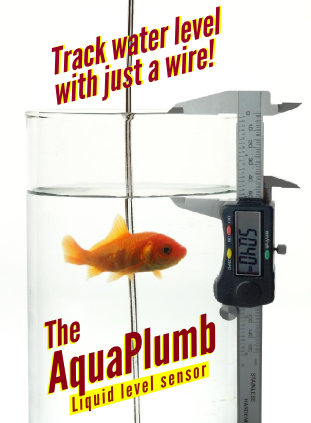BJT
Cascode Amplifier Calculator

See our other Electronics
Calculators.
This calculator computes bias voltage and current
levels, as well as gain and frequency response for the Cascode
amplifier.
The cascode amplifier has high gain and high band
width. It overcomes the Miller capacitance limitations of the common
emitter amplifier by using a second transistor as common- base current
buffer. As a result it can achieve gain bandwidths orders of
magnitude larger than the common emitter amplifiers. The only cost
is that a second transistor is needed, and a higher voltage supply is
needed so that the transistors have decent operating margins.
For the this cascode gain is set by the ratio of
RC/RE2. To increase bandwidth maximize the sum of RE1 and
RE2.

It should be noted, that in the real world, for
frequencies above 2MHz, a second emitter follower buffer stage is needed
to prevent loading of the output stage, and reduced frequency
response. The capacitance from even a 1MHz scope probe will roll the
frequency of this amplifier off at 2 MHz. To measure frequency
response on a scope, measure on the output of the cascode through a
buffer.
Equations
VB1= R3/(R1+R2+R3)
VB2= (R2+R3)/(R1+R2+R3)
VE1= VB1-VBE
VE2= VB2-VBE
VC1= VE2
VC2= VP - IC*RC
RB1= R3*(R1+R2)/ (R1+R2+R3)
IB*RB1 + IB*Beta*RE+VBE
=
VB1
IB= (VB1-VBE)/(RB1+Beta*RE)
IC= Beta*IB
gm = Ic/25mA
rπ=
Beta/gm
If RE2 is zero ohms:
A= -gm*((RL||RC)*(R2||R3))/(R23+RS) *
( rπ/( rπ+Rx+(R2||R3||RS)),
else
A= -(RL||RC)/RE2
Rx is typically10-30 ohms, we use 20 in the calculator.
fT=
gm/(2π*(CBE+CBC))
f1=
1/(Rin*(Cbe+ 2*Ccb))/(2*π);
f2=
1/(RL*Ccb)/(2*π);
The lower pole is dominate:
BW= f1;
Manufacturer Links
The best way to find electronic components is to use
our free Electronics
Component Directory, where a myriad of manufactures are
listed.
Other Electronics Links
We offer a broad range of electrical
engineering calculators and electronics
articles and tutorials.
Daycounter specializes in
contract electronics design. Do you need some help on your project?
Contact us to get a
quote.
[Employment]
[Downloads]
[Articles]
[Contact Us]
Salt Lake City, UT, USA
Disclaimer: Daycounter, Inc. doesn't guarantee the accuracy of any of it's content. Use at your own risk.
© Copyright 2016 Daycounter, Inc. All rights Reserved.
|



